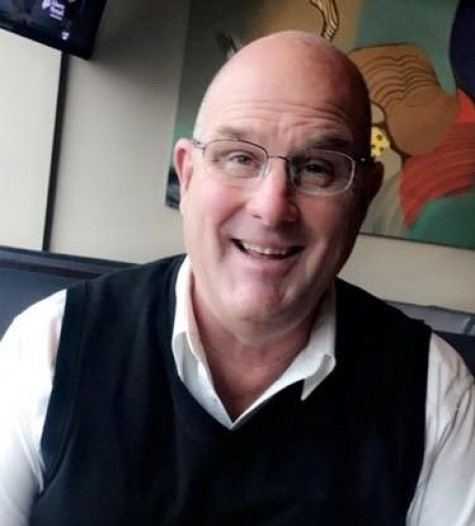The pandemic has affected communication in many ways, much of it not positive. How can you effectively interact with your customers when you have to stay at least 6 to 8 feet away from them while wearing masks?
If people are afraid to leave their homes, how can you get them to bring you their damaged vehicles? How can you get to them with messages that are moving, succinct and effective without breaking the bank?
While many other forms of marketing limped through 2020, social media didn’t just survive---it thrived, big-time. Within just the last year, more than 95 million people have posted something on Instagram with a 300% increase in click-throughs. In 2019, the number was 70 million. There are now more than 3.6 billion people who use social media, with Facebook No. 1 and YouTube solidly in second place. Also, during the COVID pandemic, communication platforms like WhatsApp and Facebook Messenger are seeing a huge spike in usage.
When I started writing about marketing/advertising more than a decade ago, I found out many shops owners actually hated social media. They weren't just slightly perturbed, but really upset about something new and unproven, in their opinion.
Back then I heard it all, and most of it was negative:
“Instagram is for Paris Hilton and her chihuahuas, not us!”
“Facebook is for soccer moms and baby pictures, not us!”
“YouTube is for cat videos, not body shops.”
Many of those unbelievers have changed their minds, because shop owners and managers can’t deny the power of social media and the transparency of video.
The video explosion is ongoing, with YouTube at its epicenter. More than 2 billion logged-in users visit YouTube every month. Three hundred hours of video are uploaded to YouTube every minute of every day.
More than 5 billion videos are watched on YouTube daily, and on average, eight out of 10 18-49-year-olds watch YouTube at least monthly.
By 2025, 50% of all viewers under 32 will not subscribe to a pay-for-TV service.
Today, there are many industries increasingly using video as a tool to sell products and services. Video enables businesses to provide transparency for themselves and for their customers, and to build trust.
In an age of instant information, customers will believe it when they see it, and there is nothing more instant and real than video.
Roger Henson, owner of Advertising Business Associates in San Jose, CA, has been helping his automotive clients, and one of the main pieces to the puzzle has been YouTube.
“We have learned over the years that you can produce beautiful videos, but if no one clicks on them, what’s the point? I see videos done by body shops that should win Oscars, but they have less than 100 views. They spent a lot of money to produce the video, but if it doesn’t make the phone ring, it’s not a good investment.
“We are using YouTube campaigns for more and more of our clients,” he said. “We are primarily leveraging a combination of TrueView and bumper ads to create brand awareness, expand reach cost effectively and drive website traffic both on an ongoing basis [with brand campaigns] and during limited time promotions.”
In cases where budget is restricted, Henson has devised simple bumper ad campaigns that are very effective at driving brand campaigns, often for as little as $3 per thousand impressions to fairly targeted audiences.
"By creating a series of videos that rotate through the campaign, we are also able to gradually increase effectiveness through A/B testing of creative, always pausing the lower-performing creative and trying a new message against our Champion to drive better metrics: impressions, clicks and/or CPM.”
Henson’s tips about how to produce short videos that will get customers into your shop are fairly straightforward and relatively inexpensive.
“Use the right keywords so that the Google crawlers will know what your video is about,” he said. “Keep your titles short---no more than 60 characters---that describe what’s going on in the video and you’ll get more viewership. And most importantly, tell good stories, because people will forget data, but stories will stick in their brains for years to come.”
If you’re still a doubter after reading this, ask another body shop owner and find out if they have a presence on YouTube. Based on what I’ve learned, there is a good chance they are using YouTube for marketing and customer engagement.
Remember when everyone fought using waterborne paint and now almost every shop is using it, or a low VOC alternative? In a few years, those marketing types who resisted YouTube will be wishing they embraced it much earlier.










Ed Attanasio